IT’S MOST OF YOUR BODY 
Since over 60% of your body is nerve, muscle and bone, it should come as no surprise that chronic pain, strain, spasm, irritation, inflammation, trigger points or other neuro-musculoskeletal (nerve-muscle-bone) conditions are so common.
In fact, many of the millions of people who visit their doctors of chiropractic do so because of these problems.
HOW DO YOU FEEL IN THE MORNING? 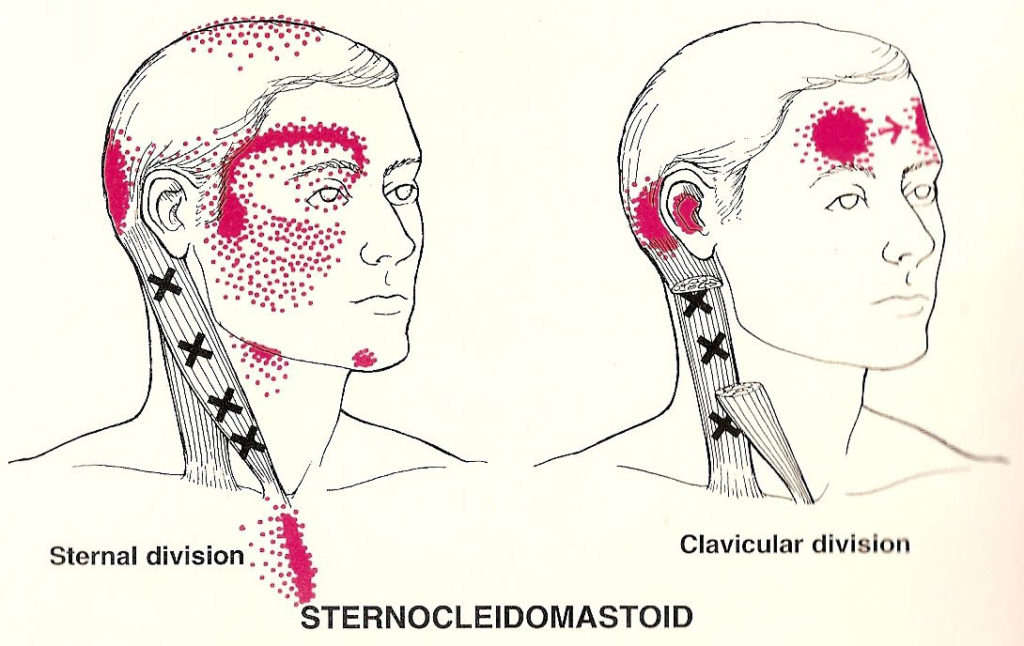
Do your muscles feel “tight” in the morning? Do you frequently feel the need to stretch or have constant aches and pains in your neck, low back and hips? Do you feel old and stiff with morning fatigue, sleeping problems and many tender spots (trigger points)?
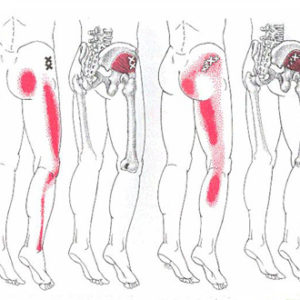 TRIGGER POINTS
TRIGGER POINTS
Trigger points are tender, sensitive areas that when pressed, stuck, heated or cooled can be exquisitely painful. You may first discover trigger points when you are surprised by someone pressing a seemingly pain-free area. Trigger point pain may also be referred to and felt in other areas of the body! Trigger points are common in chronic muscle spasm, pain, inflammation, fibrositis, strain and sprain, and other muscle and joint problems.1
DO INJECTIONS & PHYSICAL THERAPY WORK?
For standard medicine, how to best deal with the symptoms of muscle spasm, trigger points and similar problems is a mystery.2
Medical treatments such as novocaine, procaine and xylocaine injections; muscle relaxant drugs; cortisone injections; and other drugs have been tried with mixed results.3
THE CAUSE
The cause of this mystery illness, may, at least in part, be spinal trauma. In one study, adults with neck injuries had a 13-fold increase of neuromuscular pain and fibromyalgia within one year of their injury.5 Others have found similar associations.6
THE CHIROPRACTIC APPROACH
Those suffering from muscle spasm, trigger points, neuromuscular pain and problems, fibromyalgia and similar symptoms are seeing 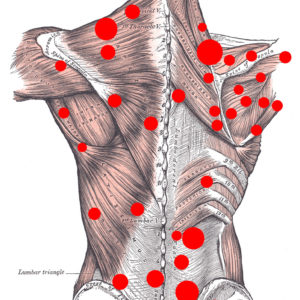 chiropractors in record numbers7 because they are getting results. For example, in one study five men and 18 women, aged 11 to 76 with chronic fatigue syndrome, trigger point pain and fibromyalgia, who had been suffering from 2 to 35 years, began chiropractic care. After a series of spinal adjustments, every patient was able to resume normal activities including full time work and maintained their improvements one year later at follow-up. The authors of the study write: “Improvement in symptoms of 92-100% was achieved in both these syndromes….”8
chiropractors in record numbers7 because they are getting results. For example, in one study five men and 18 women, aged 11 to 76 with chronic fatigue syndrome, trigger point pain and fibromyalgia, who had been suffering from 2 to 35 years, began chiropractic care. After a series of spinal adjustments, every patient was able to resume normal activities including full time work and maintained their improvements one year later at follow-up. The authors of the study write: “Improvement in symptoms of 92-100% was achieved in both these syndromes….”8
In another study, 45.9% of those with trigger points, muscle pain and fibromyalgia experienced 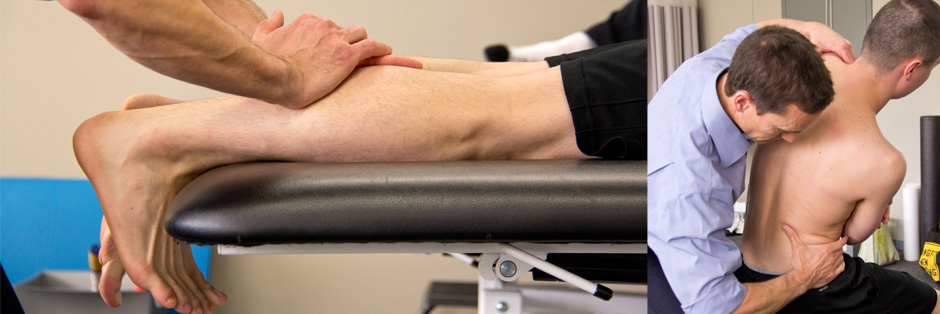 moderate to great improvement under chiropractic care while antidepressant medication benefited 36.3% and exercise helped 31.8%.9 In another study, 60% of patients had at least a 50% reduction in pain symptoms with chiropractic.10 Similar results were found with those suffering from fibromyalgia and neck pain with tender/trigger points, numbness and tingling.11-12
moderate to great improvement under chiropractic care while antidepressant medication benefited 36.3% and exercise helped 31.8%.9 In another study, 60% of patients had at least a 50% reduction in pain symptoms with chiropractic.10 Similar results were found with those suffering from fibromyalgia and neck pain with tender/trigger points, numbness and tingling.11-12
SUBLUXATIONS
Chiropractors locate and correct subluxations, tiny distortions in your spinal column and structural system that damage nerves, muscles, fascia, meninges and other tissues. Subluxations can alter the concentration of enzymes and other chemicals necessary for skeletal muscle health13 which may play a role in muscle diseases.
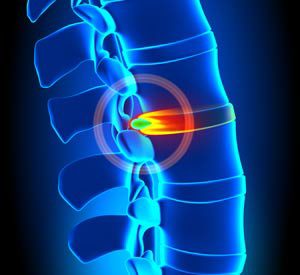 Compression of a nerve interferes with impulse transmission, causing muscle paralysis, vasodilation and trophic ulcers.14
Compression of a nerve interferes with impulse transmission, causing muscle paralysis, vasodilation and trophic ulcers.14
Chronic hyperactivity of sympathetic nerves is detrimental to the tissues and organs which they innervate and may be related to musculoskeletal dysfunction in the spinal area.15
Subluxations cause joints to “freeze” or lose normal movement, causing damage to the involved area.
Movement is essential for the prevention of contracture and adhesion formation within the joint….16
CONCLUSION
Doctors of chiropractic spend thousands of hours and many years learning how to correct subluxations using the art of the chiropractic adjustment. The adjustment removes severe stress from the spine and structural system as well as related nerve and other tissues including the muscles, bones, joints, ligaments and other soft tissues. This permits your body to work better, thus permitting you to better heal yourself.
After your chiropractic adjustment your head is more balanced in relationship with gravity, your hips and shoulders are more level and stress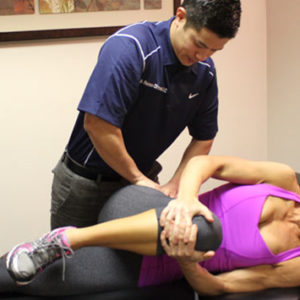 is taken off the joints and muscles throughout your body. Because less of your energy goes into supporting an unbalanced spine and skeleton, you may immediately discover more energy, greater ease in movement and improved relaxation.
is taken off the joints and muscles throughout your body. Because less of your energy goes into supporting an unbalanced spine and skeleton, you may immediately discover more energy, greater ease in movement and improved relaxation.
Anyone with muscle spasms or trigger points or with any health problem should see a doctor of chiropractic to make sure that their body is free from subluxations. A healthy structural system can make the difference between a life of pain, suffering and disability and one of ease, happiness and freedom.
Call us to schedule your appointment today! (661) 942-5000
References
- Cailliet R. Soft Tissue, Pain and Disability. Philadelphia: F.A. Davis Company. 1979.
2. Fibromyalgia. Harvard Medical School Health Letter. July 1990.
3. Keim H. How To Care For Your Back. Englewood Cliffs, NJ: Prentice-Hall. 1981;128.
4. Kraus H. Clinical Treatment of Back and Neck Pain. NY: McGraw Hill, 1970.
5. Buskila D, Neumannn L, Vaisberg G et al. Increased rates of fibromyalgia following cervical spine injury: a controlled study of 161 cases of traumatic injury. Arthritis & Rheumatism. 1997;40:446-452.
6. White KP, Carette S. Trauma and fibromyalgia: is there an association and what does it mean? Seminars in Arthritis & Rheumatism. 2000;29(4):200-216.
7. Wolf F, Anderson J, Harkness D et al. Prospective, longitudinal study of service utilization and costs in fibromyalgia. Arthritis & Rheumatism. 1997;40:1560-1570.
8. Amalu WC. Upper cervical management of primary fibromyalgia and chronic fatigue syndrome cases. Today’s Chiropractic. May/June 2000;76-86.
9. Wolfe F. The clinical syndrome of fibrositis. American Journal of Medicine. 1986;81(suppl 3A):7-14.
10. Hain S, Hain F. Combined ischemic compression and spinal manipulation in the treatment of fibromyalgia: a preliminary estimate of dose efficacy. JMPT. 2000;23(4):225-230.
11. Blunt KL, Rajwani MH, Guerriero RC. The effectiveness of chiropractic management of fibromyalgia patients: a pilot study. JMPT. 1997;20(6):389-399.
12. Bablis P, Pollard H, Bonello R. Neuro Emotional Technique for the treatment of trigger point sensitivity in chronic neck pain sufferers: a controlled clinical trial. Chiropractic & Osteopathy. 2008;16(4).
13. Komarov GP et al. Trophic influences of the nervous system: their biochemical basis and disturbances in skeletal muscle. Neuro Sci Behave Physiol. 1973;6(2):175-187.
14. Haldeman S. The safety-pin cycle. Int Rev Chiro. 1973;28(10):14-24.
15. Dishman R. Review of the literature supporting a scientific basis for the chiropractic subluxation complex. JMPT. 1985;8:163-174.
16. Ibid.


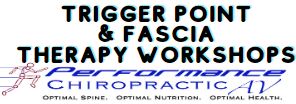

FOLLOW US!